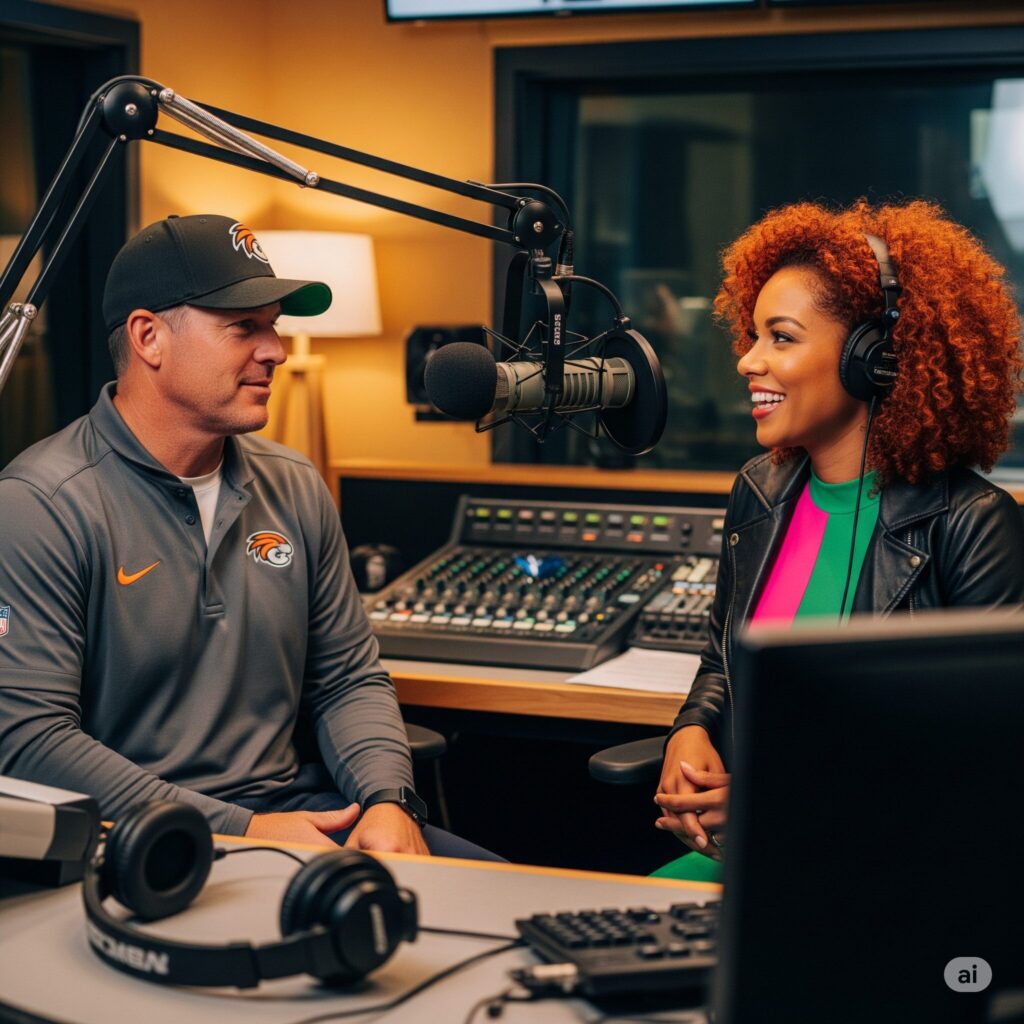
from Jacobs Media
During this economically unstable period in time, many companies are struggling to figure out what’s most important. One variable that often is ignored is employee burnout. And much of it is caused by previous workforce purges. A new story addresses how one of the most successful companies in the world is addressing the problem. And in support, a new research study suggests burnout is costing companies more than they’re saving by instituting those RIFs in the first place. Check it out.
Read MoreHow do you get better at your craft—whether it’s surfing, playing football, or hosting a radio show? While all these disciplines are obviously very different…
Read MoreSeemingly every day in the trades we read about research studies trying to prove the value and impact of broadcast radio. In today’s post, ironically, it’s the research maven with a “real-life story about broadcast radio’s effectiveness. Whether it’s motivating the locals to show up at an auto dealership to spin the prize wheel, listen to a podcast, or vote for a candidate in an election, radio (still) works.
Read MoreWhen you consider how media platforms have evolved over the past couple decades, the one that has perhaps moved at the highest rate of speed is dashboard entertainment. As radio’s #1 listening location, it is worth our time to be cognizant of what’s going on in the dash. Today’s blog post takes a deep dive in a fast-developing area: dashboard video and visuals. Is it “the next big thing” for the dash or another driver distraction? YES.
Read MoreFather’s Day 2025 is now in the books. But in today’s post, I get a bit personal, talking about my DAD, the guy who had so much influence over me and my brothers, our careers, and our lives. Fathers are often overlooked these days, but they still play an outsized role in determining who we are and how we end up.
Read MoreI’ve got a problem in my front yard. There’s a spot under a tree that gets zero sunlight. So last weekend, instead of researching Reddit, Wirecutter, or…
Read MoreWhen it comes to local media digital revenue, opportunity isn’t just knocking—it is loudly pounding. On the heels of a rich, new research study from Borrell Associates, Jacobs Media’s digital revenue guru, Chris Brunt, is poised and ready for action. In today’s guest blog post, Chris sets the scene for what a smart, cogent, and effective local digital strategy looks like, and how to get there…from here.
Read Moreour blog
During this economically unstable period in time, many companies are struggling to figure out what’s most important. One variable that often is ignored is employee burnout. And much of it is caused by previous workforce purges. A new story addresses how one of the most successful companies in the world is addressing the problem. And in support, a new research study suggests burnout is costing companies more than they’re saving by instituting those RIFs in the first place. Check it out.
Read MoreHow do you get better at your craft—whether it’s surfing, playing football, or hosting a radio show? While all these disciplines are obviously very different from one another, the correct response is this: Watch “game film.” It is only by…
Read MoreSeemingly every day in the trades we read about research studies trying to prove the value and impact of broadcast radio. In today’s post, ironically, it’s the research maven with a “real-life story about broadcast radio’s effectiveness. Whether it’s motivating the locals to show up at an auto dealership to spin the prize wheel, listen to a podcast, or vote for a candidate in an election, radio (still) works.
Read More






















